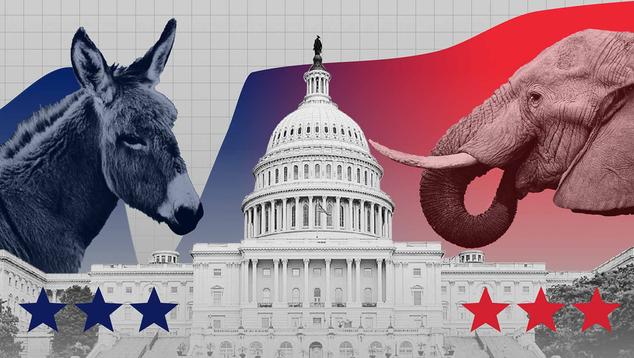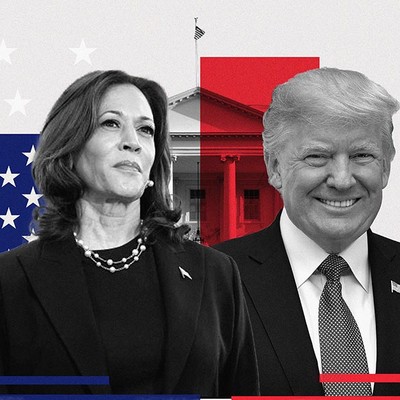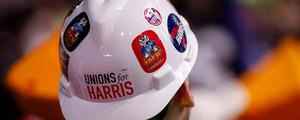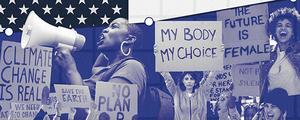WASHINGTON, D.C. -- A record-high 80% of U.S. adults believe Americans are greatly divided on the most important values, while 18% believe the country is united. The percentage seeing the nation as divided has ticked up from 77% the last time Gallup asked the question in 2016. It is more than 10 percentage points higher than in prior 2004 and 2012 measures.
Public skepticism about national unity isn’t new. Surveys by Gallup and others dating back to the 1990s show that Americans typically have seen the country as divided on key values. Only in 2001 and 2002, in the aftermath of 9/11, did Gallup find most Americans perceiving the opposite, with over two-thirds of U.S. adults believing the nation was united.
The latest results are based on an Aug. 1-20 Gallup poll. The question was first asked on the General Social Survey in 1993 and has been updated by various organizations since, including periodic Gallup measures since 2001. The "most important values” are not defined for respondents but left to their own interpretation.
Americans from all backgrounds have similar views -- between 74% and 83% of key gender, age, race, political and educational subgroups perceive the nation as divided in the current survey.
In most years, Democrats, Republicans and independents have held similar views of whether the nation is united or divided. However, there were significant party gaps in 2004, 2012 and 2016.
- Republicans were more likely than Democrats to see the country as united by 15 percentage points twice -- in 2004, when Republican George W. Bush sought and won a second term as president, and in 2016, after Republican Donald Trump’s surprise victory in that year’s presidential election.
- Democrats perceived more unity in the country by 18 points in 2012, after Democratic President Barack Obama was reelected.
In the four other years for which party identification data are available, the average party gap has been six points, including four points in the latest survey.
Historically, men and women, non-Hispanic White Americans and people of color, college graduates and nongraduates, and younger and older Americans have had similar views about whether the nation is united or divided.
Bottom Line
Americans have long thought the nation was divided on the most important values, but never to the degree they do now. And that view is shared about equally among all major subgroups of Americans.
Today’s doubts about national unity are likely informed by the closely contested presidential elections in recent years, as well as alternating partisan control of Congress that currently has a narrow Republican majority in the House of Representatives and a razor-thin Democratic majority in the Senate.
Additionally, a 2023 Gallup analysis found significant party gaps in Republicans’ and Democrats’ opinions on each of 24 key issues. And nearly all of those gaps have expanded over the past two decades. The biggest increases in partisan differences have occurred on issues related to federal government power, the environment, education, abortion, foreign trade, immigration, gun laws, healthcare and taxes.
In the past three decades, only after 9/11 did Americans perceive that they were united on the most important values. The terrorist attacks led to a surge in patriotism and Americans rallying around their political leaders and institutions.
Now, with national pride, trust in government and confidence in U.S. institutions near record lows, Americans see national unity in starkly different terms. These perceptions of greater U.S. division over the past 20 years have occurred throughout both Republican and Democratic presidential administrations and strong and weak national economies. They have also persisted through national crises, triumphs and tragedies that had the potential to unite the nation, such as the COVID-19 pandemic, the capture of Osama bin Laden, and school shootings in Newtown, Connecticut, and Uvalde, Texas.
To stay up to date with the latest Gallup News insights and updates, follow us on X @Gallup.
Learn more about how the Gallup Poll Social Series works.
View complete question responses and trends (PDF download).





